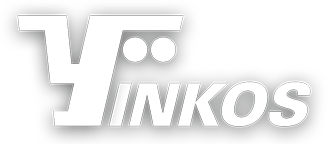Hi folks,
In this post I discuss how to use jobs to run short one-off tasks in applications that use Kubernetes for container orchestration.
In your application, you may have certain one-off tasks, e.g. pre-populating your database with certain information. How do you go about doing this in an automated fashion?
You can do this using Kubernetes Job.
The idea is to create an idempotent script that can populate the database as needed. Then create a Kubernetes job to run that script. This way, whenever you deploy your application, a job will be created to run the script to populate your database.
Why should the script be idempotent? Well, by making it idempotent, you can extend your job to handle new data, e.g. add more data to use for pre-populating your app database. Then when next the job runs, only the data data will be processed.
An advantage of performing short tasks in a separate task is that if the task fails, it’s easy to tell by looking at the status of the job, as opposed to if you bundle both short tasks with the main application pod. This applies if your main application is something like a web service which is usually a long-running application.
In summary, you can run short one-off tasks using Kubernetes jobs. By making your tasks idempotent, you can run them safely every time you deploy your app. That’s all for now. Till next time, happy software development.
